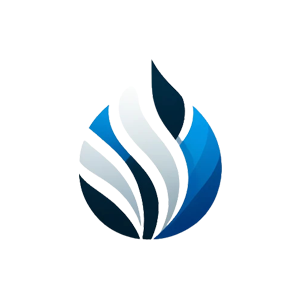Introduction Businesses today are investing heavily in digital marketing to boost visibility, attract customers, and drive revenue. Two popular strategies stand out: content marketing and paid advertising. But when it comes to ROI (Return on Investment), which strategy is more effective for your business? Let’s break it down. ________________________________________ What is Content Marketing? Content marketing focuses on creating valuable, informative, and engaging content for your audience. This includes: • Blog posts • Social media content • Videos • E-books and whitepapers Key Benefits of Content Marketing • Long-Term ROI: Content builds authority and brings in organic traffic over time. • Better Brand Trust: Helps establish thought leadership. • Cost-Effective: Minimal spending compared to paid ads. ________________________________________ What is Paid Advertising? Paid advertising (PPC, social media ads, display ads) involves paying to display your brand to a targeted audience. Platforms include: • Google Ads • Facebook & Instagram Ads • LinkedIn Ads Key Benefits of Paid Ads • Immediate Results: Get traffic and leads instantly. • Precise Targeting: Reach specific demographics quickly. • Scalable: Increase ad spend for faster growth. ________________________________________ ROI Comparison: Content Marketing vs Paid Ads Factor Content Marketing Paid Ads Cost Lower ongoing cost Requires continuous spend Time to Results Slow, long-term Immediate results Sustainability Evergreen traffic Stops when ads stop running Conversion Rate Moderate High with proper targeting ________________________________________ Which One Should You Choose? The answer depends on your business goals: • If you need quick leads, go for paid ads. • If you want long-term brand authority and organic growth, invest in content marketing. • For best results, combine both strategies for a balanced approach. ________________________________________ OurThink Ads Expert Tip The most successful businesses blend content marketing and paid ads. Use ads to boost your content reach, then let your organic content continue driving results long after the ads stop.

